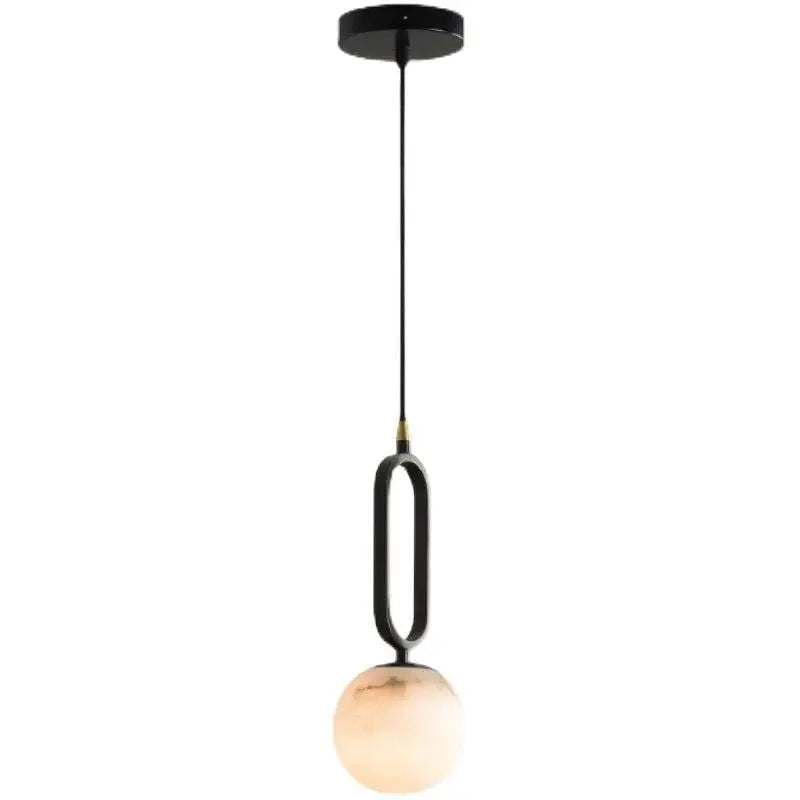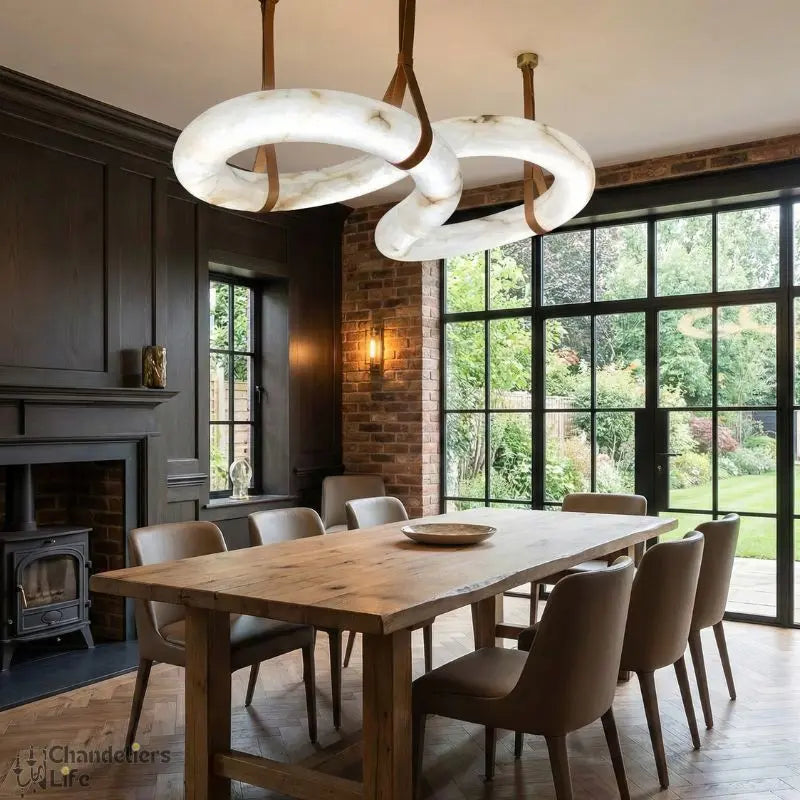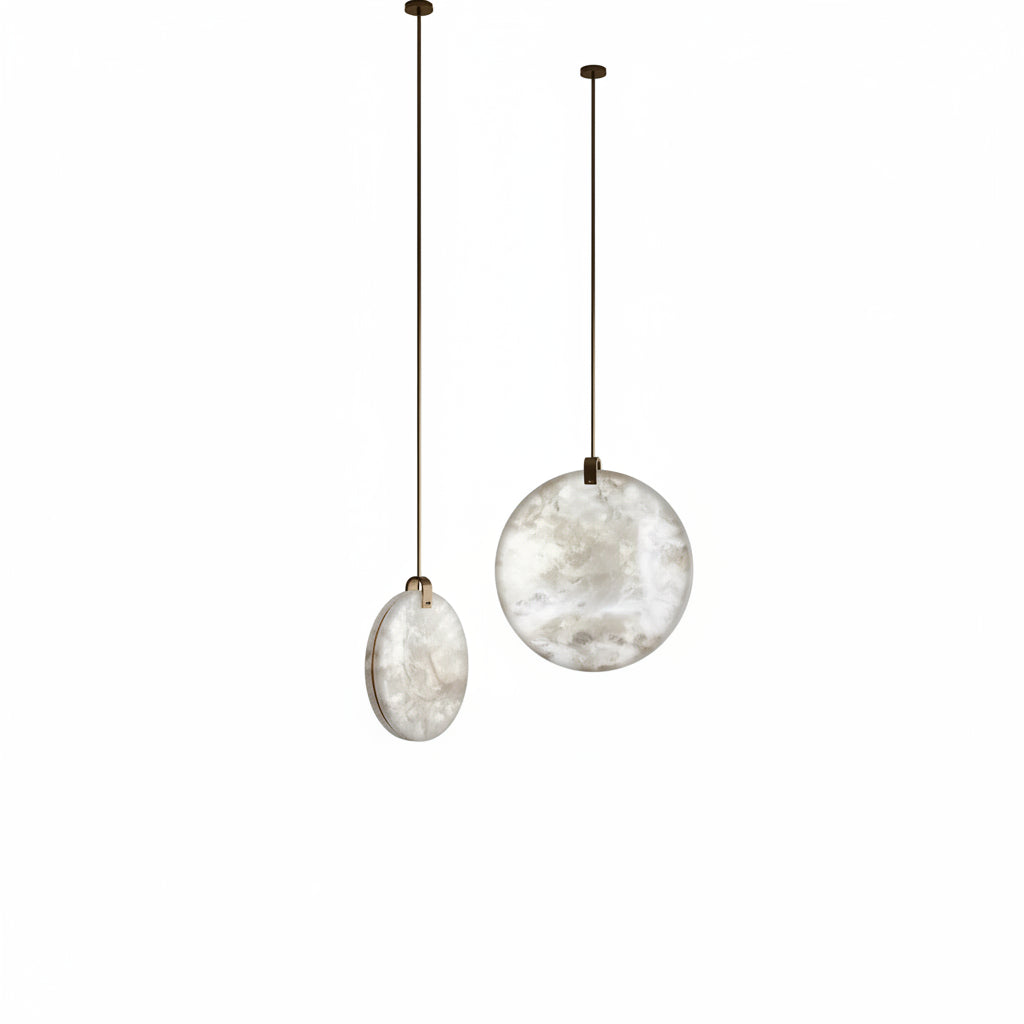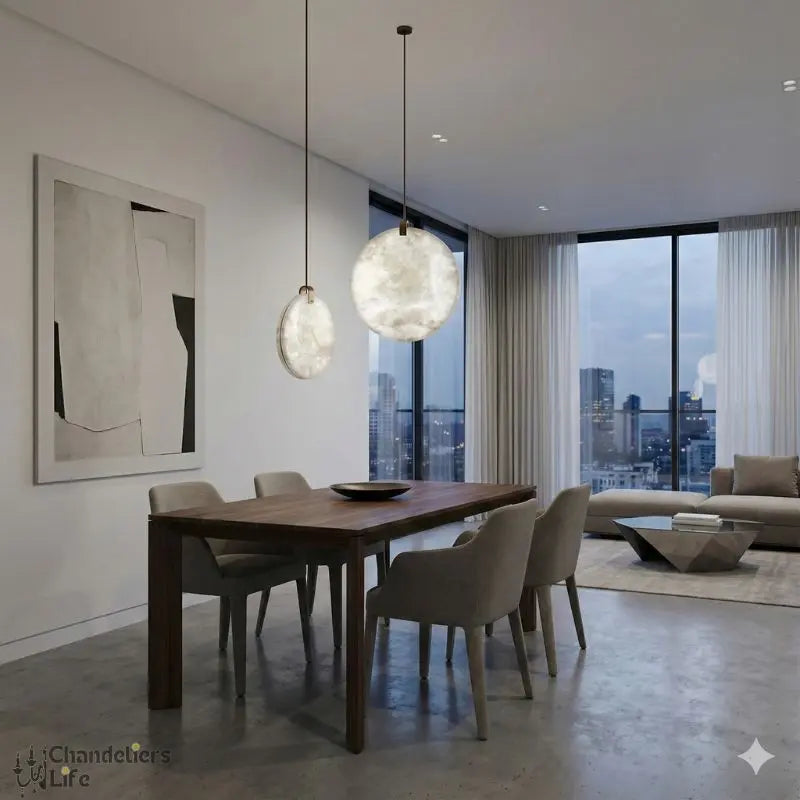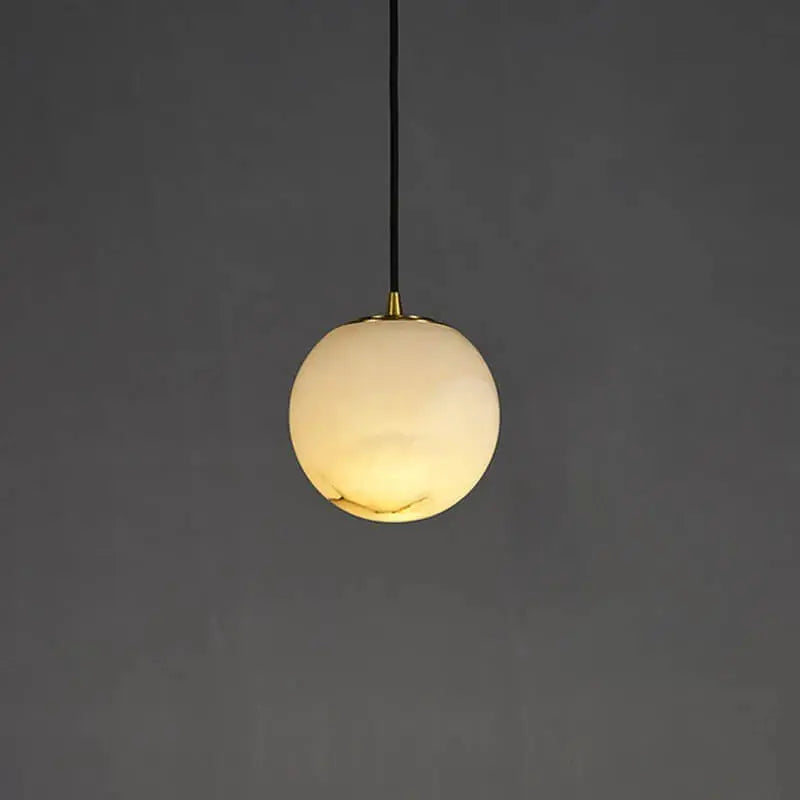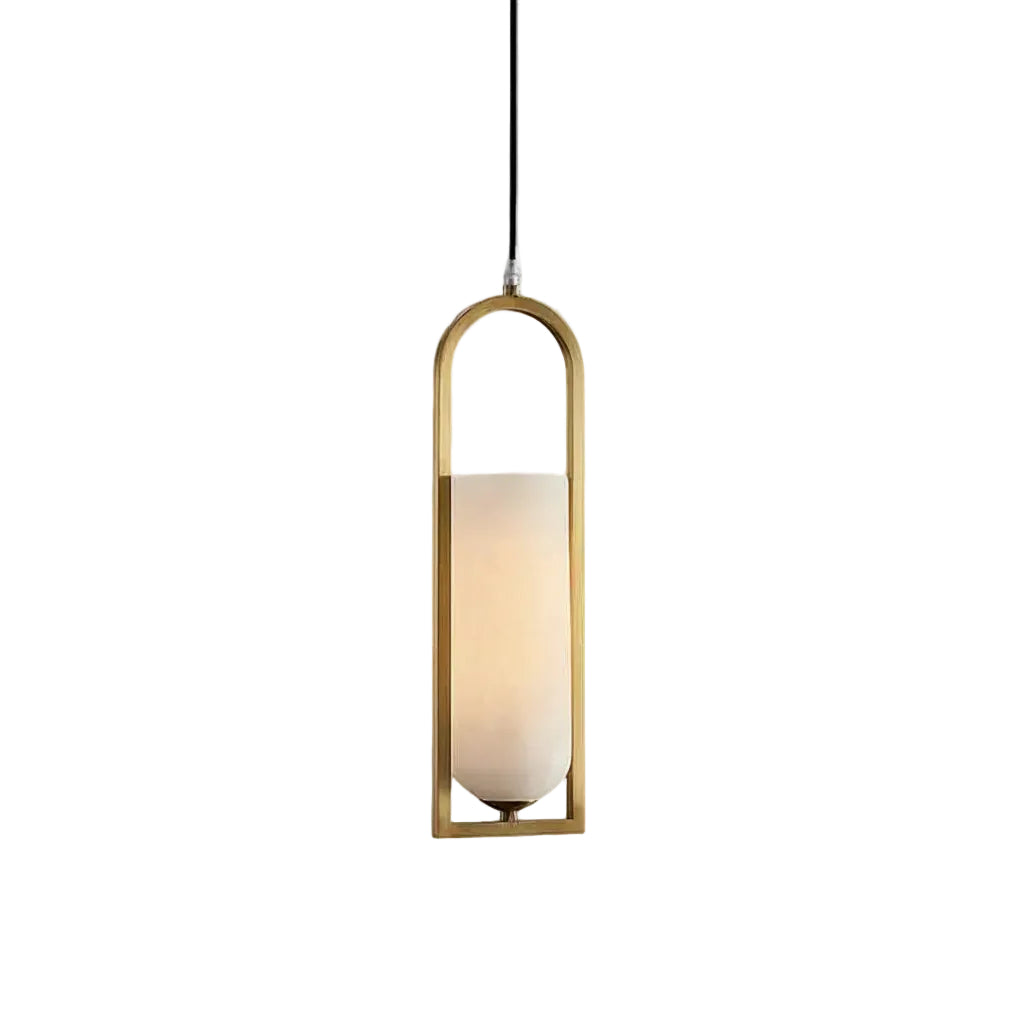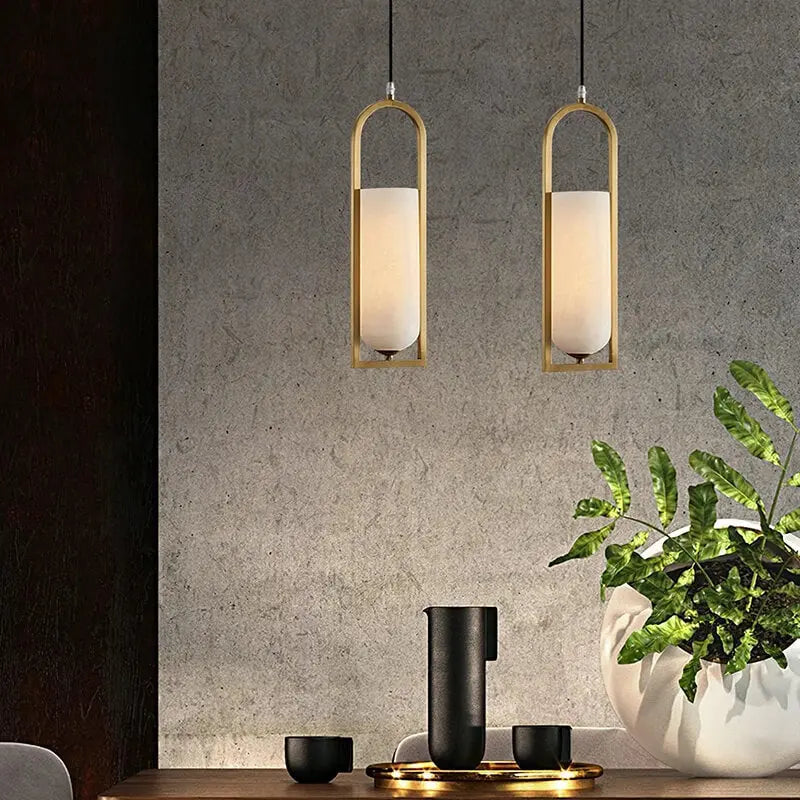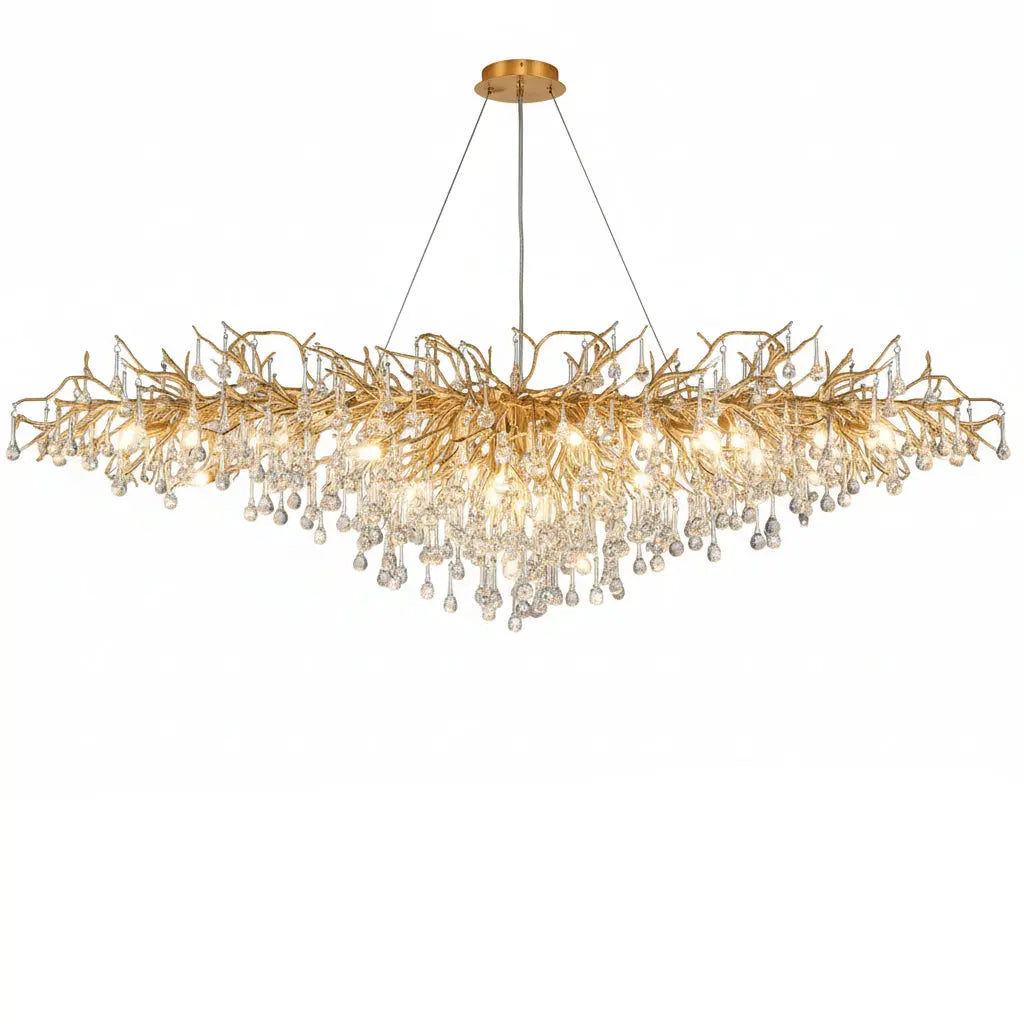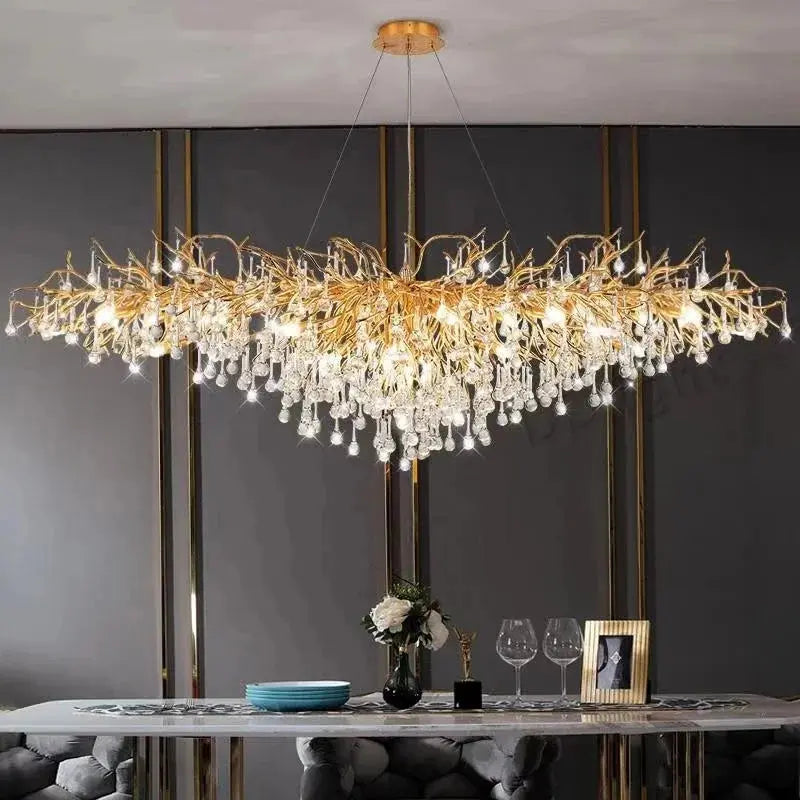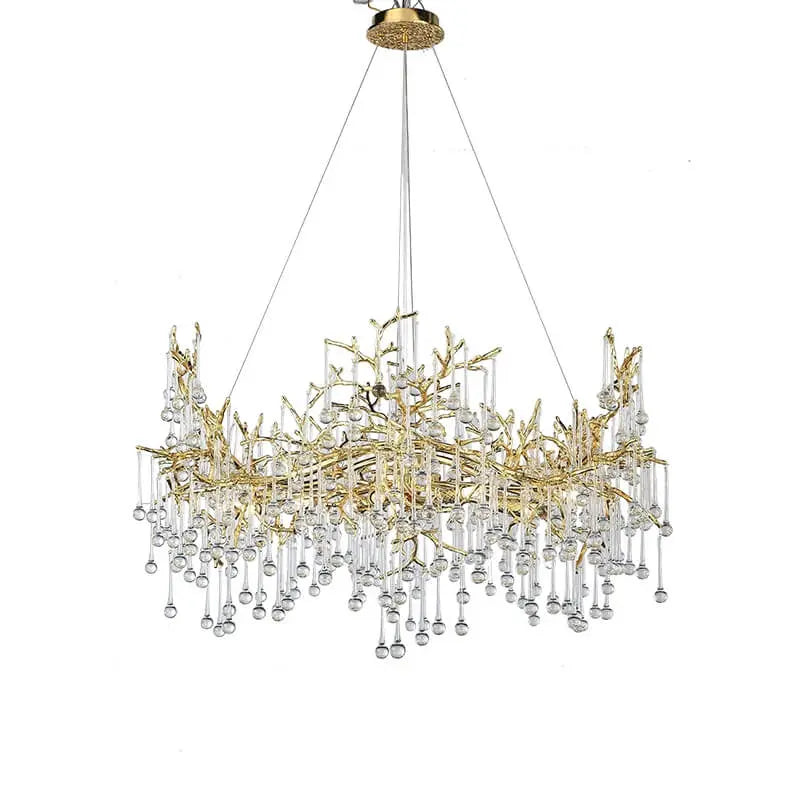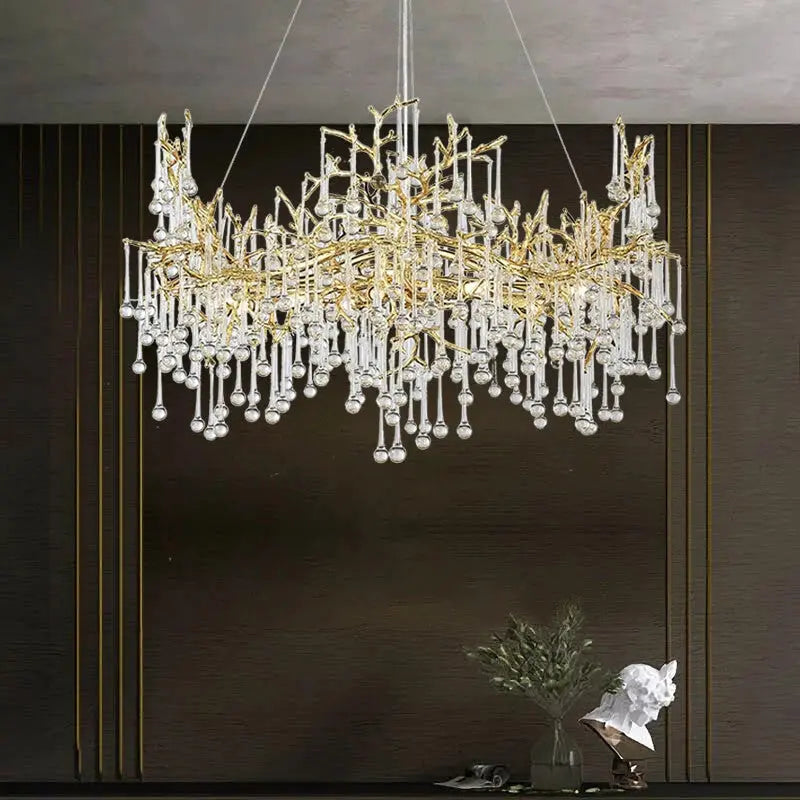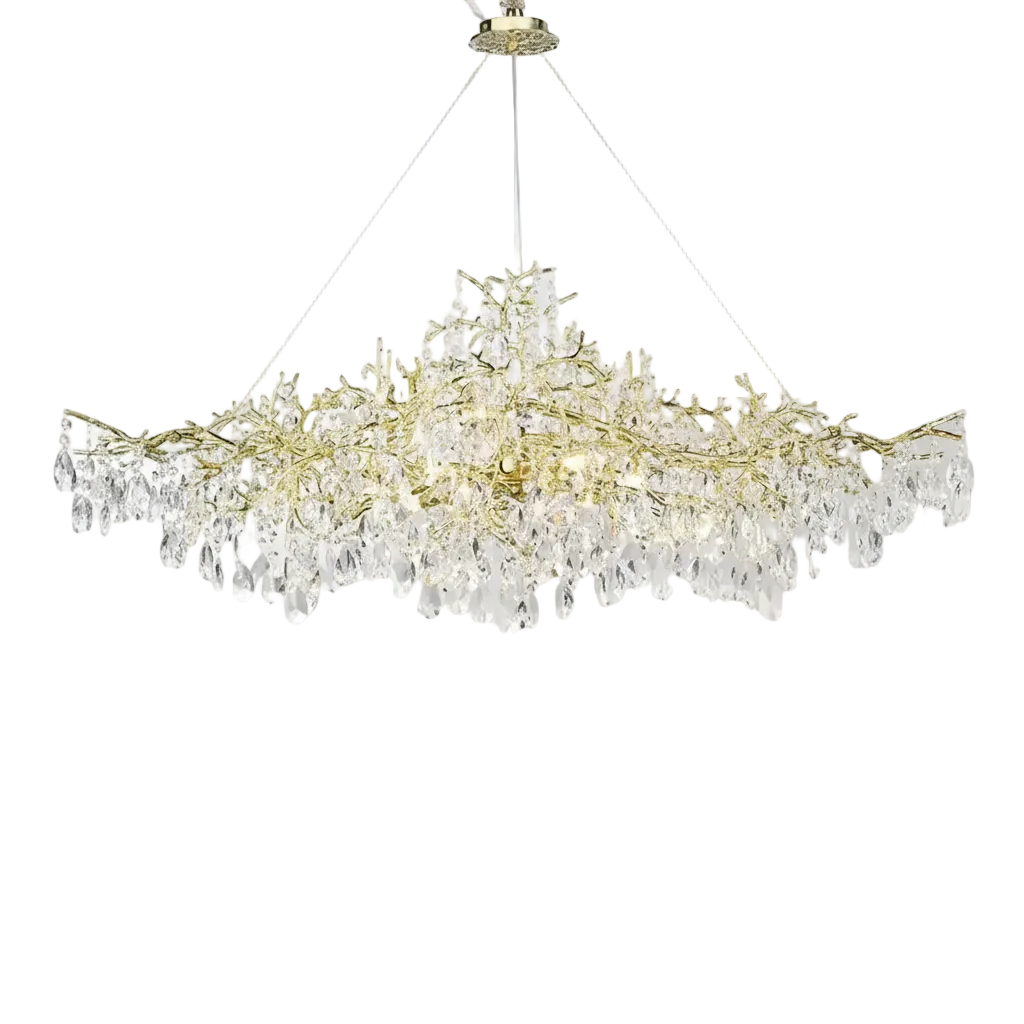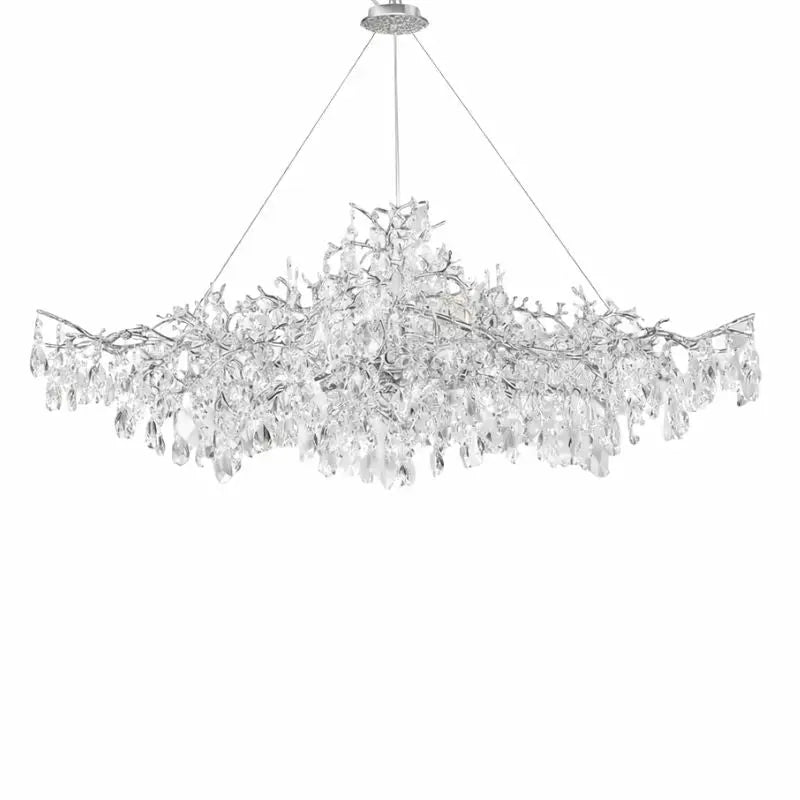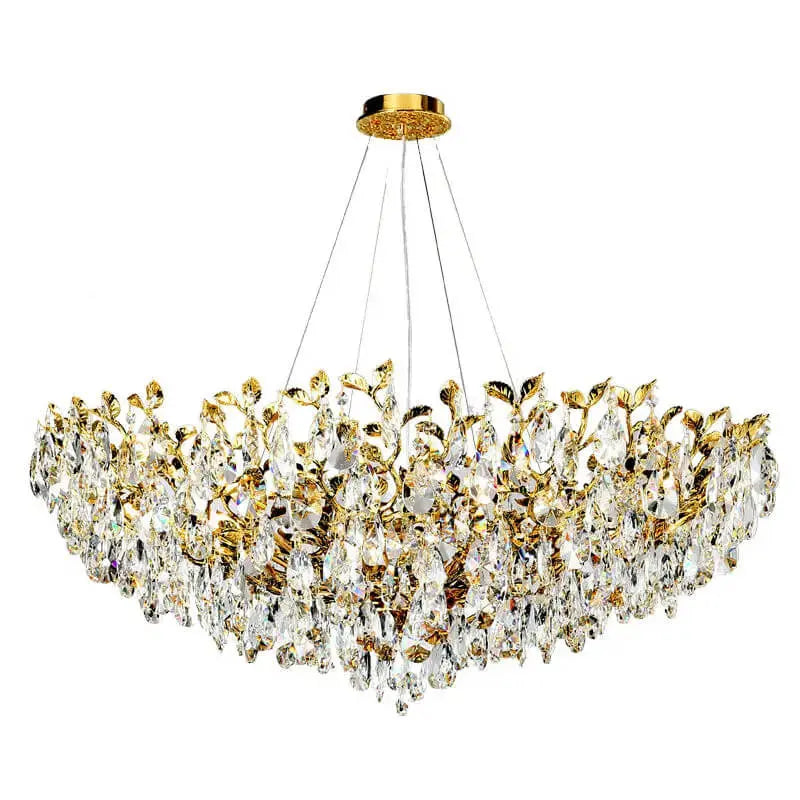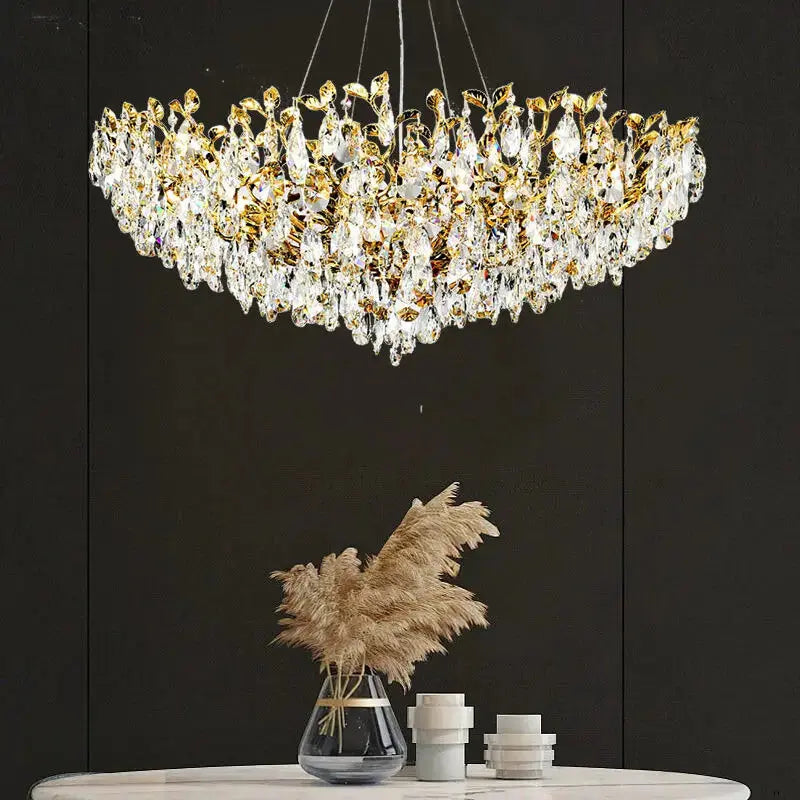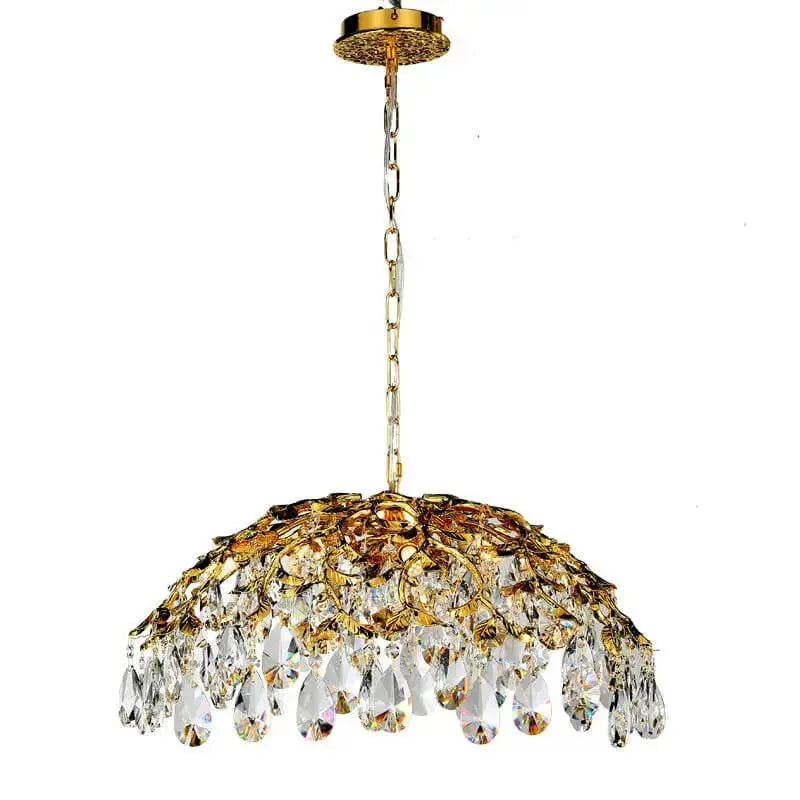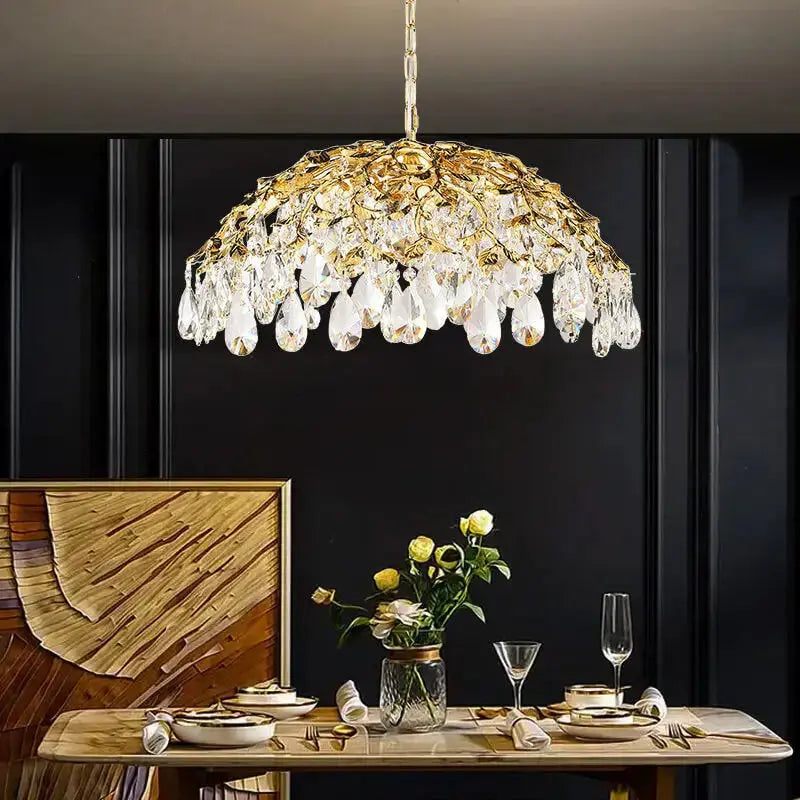Creating a sustainable home doesn't have to be complicated. Whether you're building from scratch or just updating a few rooms, there are many ways to make your home more eco-friendly. From choosing the right materials to using energy-efficient appliances, every little change can make a big difference.
Key Takeaways
- Opt for energy-efficient designs and architecture to save on utility bills and reduce carbon footprint.
- Choose wood that is responsibly sourced to ensure it's harvested in an environmentally friendly way.
- Use low-VOC paints to improve indoor air quality and reduce harmful emissions.
- Incorporate reclaimed wood into your decor to give old materials a new life while reducing waste.
- Invest in energy-efficient appliances to lower energy consumption and decrease your home's environmental impact.
1. Energy-Efficient Design & Architecture
Energy-efficient design and architecture are crucial for creating a sustainable home. By reducing the amount of energy your home uses, you can significantly lower your carbon footprint. Here are some key points to consider:
- Insulation: Proper insulation helps maintain a consistent indoor temperature, reducing the need for heating and cooling.
- Windows: Double-glazed windows are excellent for keeping the heat in during winter and out during summer.
- Lighting: Opt for LED bulbs, which use less energy and last longer than traditional bulbs.
- Solar Panels: Installing solar panels can provide a renewable source of energy for your home.
Minimising waste in home design starts with reducing the number of resources used and avoiding unnecessary consumption.
Incorporating these elements into your home can make a big difference in energy efficiency and sustainability.
2. Responsibly Sourced Wood
Using responsibly sourced wood is a key step in creating a sustainable home. This type of wood is harvested in a way that respects the environment and ensures the forest can regenerate. When shopping for wood, look for certifications like FSC (Forest Stewardship Council) or PEFC (Programme for the Endorsement of Forest Certification). These labels guarantee that the wood comes from well-managed forests.
- Choose wood from local suppliers to reduce the carbon footprint.
- Avoid wood from endangered tree species.
- Opt for reclaimed or recycled wood when possible.
Responsibly sourced wood not only helps the environment but also adds a unique charm to your home. It's a win-win for both style and sustainability.
3. Low-VOC Paints
When it comes to painting your home, choosing low-VOC paints is a smart and eco-friendly decision. These paints release fewer harmful chemicals into the air, making your home healthier for you and your family.
Benefits of Low-VOC Paints
- Healthier Indoor Air Quality: Low-VOC paints help reduce indoor air pollution, which can cause headaches, dizziness, and other health issues.
- Environmentally Friendly: These paints have a smaller carbon footprint compared to traditional paints.
- Odourless: They produce little to no odour, making the painting process more pleasant.
Choosing the Right Paint
When selecting low-VOC paints, look for labels that say "all non-toxic, zero-VOC paints." This ensures you are getting the safest option available. Many brands offer a variety of finishes and colours, so you don't have to compromise on style.
Opting for low-VOC paints is a simple yet effective way to make your home more eco-friendly. It's a small change that can have a big impact on your health and the environment.
Application Tips
- Ventilate the Area: Even though low-VOC paints are safer, it's still a good idea to keep windows open while painting.
- Use Quality Brushes and Rollers: This ensures a smooth application and reduces the need for multiple coats.
- Follow Manufacturer Instructions: Always read and follow the guidelines provided by the paint manufacturer for the best results.
4. Reclaimed Wood
Reclaimed wood is a fantastic choice for those looking to add a touch of rustic charm to their homes while being eco-friendly. Using reclaimed wood helps reduce the demand for new timber, which in turn helps preserve forests and reduce deforestation.
Benefits of Reclaimed Wood
- Environmentally Friendly: By reusing wood, we cut down on waste and the need for new materials.
- Unique Aesthetic: Each piece of reclaimed wood has its own history and character, adding a unique touch to your home.
- Durability: Often, reclaimed wood is sourced from older trees, making it denser and more durable than new wood.
Where to Use Reclaimed Wood
- Furniture: Tables, chairs, and shelves made from reclaimed wood can be both stylish and sustainable.
- Flooring: Reclaimed wood flooring adds warmth and a sense of history to any room.
- Accent Walls: Create a focal point in your living space with a reclaimed wood accent wall.
Reclaimed wood has redefined modern interior design by offering a sustainable and environmentally friendly alternative to new wood.
In conclusion, incorporating reclaimed wood into your home not only benefits the environment but also adds a unique and timeless appeal to your interior design.
5. Bamboo
Bamboo is a fantastic choice for sustainable interior design. It's a fast-growing plant that can be harvested without causing long-term damage to the environment. This makes it a renewable resource that is both durable and versatile.
Benefits of Bamboo
- Eco-Friendly: Bamboo grows quickly and doesn't require pesticides or herbicides.
- Durable: It's strong and can last for many years.
- Versatile: Can be used for flooring, furniture, and even textiles.
Considerations When Choosing Bamboo
While bamboo is generally eco-friendly, it's important to ensure that it is sourced responsibly. Look for certifications that guarantee sustainable harvesting practises. Additionally, be aware of the financing options available when purchasing bamboo products, as prices can vary.
Bamboo is not only a sustainable choice but also adds a unique and natural aesthetic to your home.
6. Recycled Metal
Choosing sustainable materials is the foundation of eco-friendly interior design. Opt for materials like bamboo, reclaimed wood, and recycled metal. These materials not only reduce waste but also give your home a unique look.
Benefits of Recycled Metal
- Durability: Recycled metal is strong and long-lasting.
- Versatility: It can be used in various parts of the home, from furniture to fixtures.
- Eco-Friendly: Using recycled metal helps reduce the need for new metal production, which saves energy and resources.
How to Use Recycled Metal in Your Home
- Furniture: Consider tables, chairs, and bed frames made from recycled metal.
- Fixtures: Light fixtures and cabinet handles can also be made from recycled metal.
- Decor: Wall art and sculptures crafted from recycled metal can add a unique touch to your home.
Recycled metal is a great choice for those looking to make their home more sustainable. It not only helps the environment but also adds a unique and modern touch to your interior design.
7. Bio-Glass
Bio-glass is a fantastic material for those looking to make sustainable choices in their home design. Made from 100% recycled glass, it not only reduces waste but also adds a unique aesthetic to any space. Bio-glass can be used in various applications, from countertops to decorative panels.
Benefits of Bio-Glass
- Eco-Friendly: Since it's made from recycled materials, it helps in reducing landfill waste.
- Durable: Bio-glass is strong and long-lasting, making it a great investment.
- Aesthetic Appeal: It offers a unique look that can make your home stand out.
Applications of Bio-Glass
- Countertops: Perfect for kitchens and bathrooms, offering both beauty and functionality.
- Decorative Panels: Can be used in living rooms or as a feature wall to add a touch of elegance.
- Flooring: Though less common, it can be used for a striking and durable floor.
Bio-glass is not just a sustainable choice; it's a statement of innovation and style. Discover ways to make decorating choices that are sustainable, considered, innovative and enduring, from textiles to furniture.
Incorporating bio-glass into your home is a step towards a greener future. It's a versatile material that combines sustainability with beauty, making it a top choice for eco-friendly interior design.
8. Cork
Cork is a fantastic eco-friendly material for interior design. It's harvested from the bark of cork oak trees without harming the tree itself. This makes it a renewable resource. Cork is also biodegradable and recyclable, adding to its green credentials.
Benefits of Cork
- Durability: Cork is highly durable and can last for many years.
- Insulation: It provides excellent thermal and acoustic insulation.
- Comfort: Cork flooring is soft underfoot, making it comfortable to walk on.
- Hypoallergenic: Cork is resistant to mould and mildew, making it a good choice for people with allergies.
Uses of Cork in Interior Design
- Flooring: Cork flooring is popular due to its durability and comfort.
- Wall Coverings: Cork can be used as a stylish and functional wall covering.
- Furniture: Cork is also used in furniture design, adding a unique texture and look.
Cork is not only a sustainable choice but also adds a unique and natural aesthetic to your home.
9. Natural Lighting
Maximising natural light in your home is a simple yet effective way to create a more eco-friendly space. Natural light reduces the need for artificial lighting, which in turn lowers energy consumption and utility bills. Here are some tips to help you make the most of natural light in your home:
- Use light-coloured paint on walls and ceilings to reflect more light.
- Install large windows or skylights to let in more sunlight.
- Keep windows clean to maximise the amount of light that enters.
- Use mirrors to reflect light into darker areas of the room.
- Avoid heavy curtains or blinds that block out natural light.
By making small changes to your home's design, you can enjoy a brighter, more inviting space while also being kind to the environment.
10. Energy-Efficient Appliances
Investing in energy-efficient appliances is a key step towards creating an eco-friendly home. These appliances use less electricity, which helps reduce your energy bills and your carbon footprint.
Benefits of Energy-Efficient Appliances
- Lower energy consumption
- Reduced utility bills
- Decreased greenhouse gas emissions
Types of Energy-Efficient Appliances
- Refrigerators: Modern refrigerators use advanced technology to keep your food fresh while using less energy.
- Washing Machines: Energy-efficient washing machines use less water and electricity, making them a great choice for sustainable living.
- Dishwashers: These appliances are designed to clean dishes effectively while using minimal water and energy.
- Ovens and Stoves: Look for models that offer precise temperature control and faster cooking times to save energy.
Another important aspect of sustainable interior design is energy efficiency. Designers can reduce energy consumption by choosing the right appliances.
How to Choose Energy-Efficient Appliances
- Look for the Energy Star label
- Check the energy consumption rating
- Consider the size and capacity that fits your needs
- Read reviews and compare different models
By selecting energy-efficient appliances, you contribute to a more sustainable and eco-friendly home environment.
Switching to energy-efficient appliances can save you money and help the environment. These appliances use less energy, which means lower electricity bills and a smaller carbon footprint. Ready to make a change? Visit our website to explore a wide range of energy-saving options.
Conclusion
Creating a sustainable home is not just a trend; it's a responsible choice for our planet. By following these simple and effective tips, you can make your living space more eco-friendly and healthier for you and your family. From choosing energy-efficient appliances to using natural materials, every small change can make a big difference. Remember, sustainability starts at home, and with these tips, you're well on your way to making a positive impact on the environment. Let's all do our part to create a greener future.
Frequently Asked Questions
What is energy-efficient design?
Energy-efficient design is about making a home use less energy for heating, cooling, and lighting. This can be done with good insulation, smart windows, and using materials that keep the temperature steady.
Why is responsibly sourced wood important?
Using wood that is responsibly sourced means it comes from forests that are managed well. This helps to protect forests and the animals living there.
What are low-VOC paints?
Low-VOC paints have fewer chemicals that can harm your health. VOCs, or volatile organic compounds, can cause headaches and other problems, so it's better to use paints with low or no VOCs.
How can reclaimed wood be used in home design?
Reclaimed wood is old wood that is reused in new projects. It can add a unique look to your home and is good for the environment because it reduces waste.
What makes bamboo a good material for home design?
Bamboo grows very fast and doesn't need much water or pesticides. It's strong and can be used for floors, furniture, and more. This makes it a good eco-friendly choice.
Why should I consider energy-efficient appliances?
Energy-efficient appliances use less electricity, which can save you money on your bills. They are also better for the environment because they reduce the amount of energy needed.




